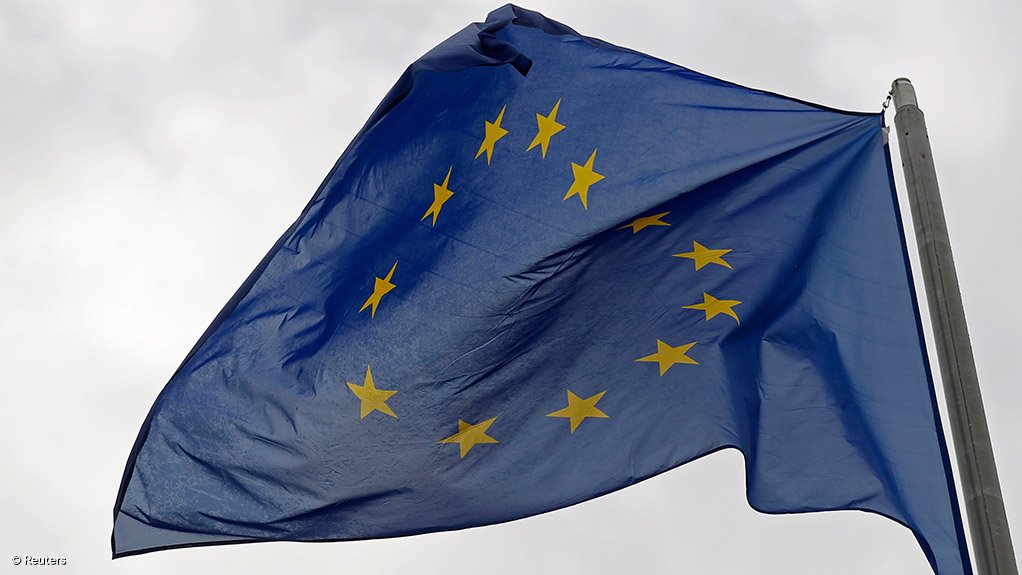EU’s African infrastructure focus shifts from aid to public-private partnerships
The recent Africa-European Union (EU) Summit, which took place in Brussels, Belgium, in early April, reinforced the ongoing shift in development assistance away from traditional aid packages in areas such as infrastructure, health and agricultural development. Instead, the bulk of the €28-billion that will be provided by the EU to Africa between 2014 and 2020 will be directed towards initiatives aimed at building peace and security, promoting good governance and democracy, as well as continental integration and investment promotion.
In a post-summit briefing, EU head of delegation to South Africa Ambassador Roeland van de Geer said the new approach is premised on greater cooperation between the EU and African governments in deciding on the aid solutions.
It did not signal a withdrawal of the EU’s interest in African infrastructure development, with the bloc still aiming to mobilise up to €30-billion in investment, including for infrastructure. But infrastructure investments would be pursued through a blending of EU and private sector funding.
Van de Geer indicated that the recently launched €100-million programme designed to accelerate the preparation of social and economic infrastructure projects in South Africa and the broader region represented the new approach being taken.
Known as the Infrastructure Investment Programme for South Africa, the fund would be managed by the Development Bank of Southern Africa. It had been designed to move priority energy, transport, water, information and communications technology, education and health projects from “concept to bankability”.
The blended finance model could, Van de Geer indicated, become an important model for the EU’s engagement with other middle-income countries.
The official development assistance focus, on the other hand, would increasingly emphasise cooperation on institution building, human development, good governance and peace and security. “While infrastructure will be done, more and more, through investment banks and public-private partnerships.”
The ambassador described the transition as a “healthy” development, as it ensured that investments were conducted “on a solid business basis and that we don’t create, as civil servants, white elephants all over Africa”.
Van de Geer also stressed that, while the EU had been “disappointed” by the failure of President Jacob Zuma to participate in the fourth Africa-EU Summit, and had been taken aback by Zuma’s public questioning about the nature of invitees, he did not expect the President’s no show “to affect relations in a direct sense”.
“Let there be no misunderstanding, we very much wanted President Zuma to be there,” the ambassador emphasised, noting that South Africa was the only country on the continent with which the EU currently had a Special Partnership Agreement.
But he also insisted that the EU did not view it as a “boycott”, describing South Africa’s participating in the summit, which was led by International Relations Minister Maite Nkoana-Mashabane, as “active” and of a “high quality”.
Nevertheless, Zuma’s withdrawal came against the backdrop of growing questioning from within Europe about the investment climate in South Africa, particularly in light of protracted strikes and the country’s decision to terminate bilateral investment treaties with European countries.
“South Africa has, internationally, a fairly low level of foreign direct investment, but it is not declining. So we are not facing a situation of imminent disaster. But we are receiving quite a number of questions by investors about how we see the climate in South Africa.”
Comments
Press Office
Announcements
What's On
Subscribe to improve your user experience...
Option 1 (equivalent of R125 a month):
Receive a weekly copy of Creamer Media's Engineering News & Mining Weekly magazine
(print copy for those in South Africa and e-magazine for those outside of South Africa)
Receive daily email newsletters
Access to full search results
Access archive of magazine back copies
Access to Projects in Progress
Access to ONE Research Report of your choice in PDF format
Option 2 (equivalent of R375 a month):
All benefits from Option 1
PLUS
Access to Creamer Media's Research Channel Africa for ALL Research Reports, in PDF format, on various industrial and mining sectors
including Electricity; Water; Energy Transition; Hydrogen; Roads, Rail and Ports; Coal; Gold; Platinum; Battery Metals; etc.
Already a subscriber?
Forgotten your password?
Receive weekly copy of Creamer Media's Engineering News & Mining Weekly magazine (print copy for those in South Africa and e-magazine for those outside of South Africa)
➕
Recieve daily email newsletters
➕
Access to full search results
➕
Access archive of magazine back copies
➕
Access to Projects in Progress
➕
Access to ONE Research Report of your choice in PDF format
RESEARCH CHANNEL AFRICA
R4500 (equivalent of R375 a month)
SUBSCRIBEAll benefits from Option 1
➕
Access to Creamer Media's Research Channel Africa for ALL Research Reports on various industrial and mining sectors, in PDF format, including on:
Electricity
➕
Water
➕
Energy Transition
➕
Hydrogen
➕
Roads, Rail and Ports
➕
Coal
➕
Gold
➕
Platinum
➕
Battery Metals
➕
etc.
Receive all benefits from Option 1 or Option 2 delivered to numerous people at your company
➕
Multiple User names and Passwords for simultaneous log-ins
➕
Intranet integration access to all in your organisation




















